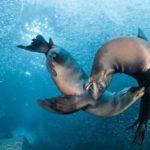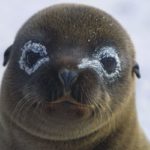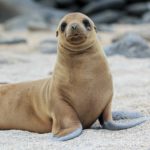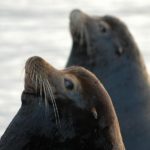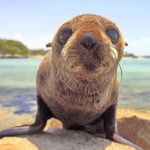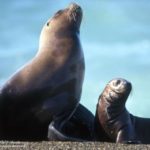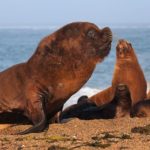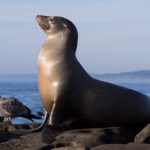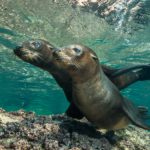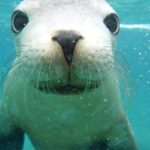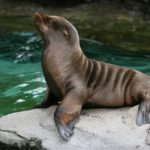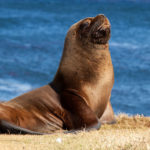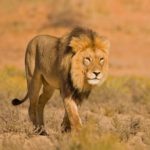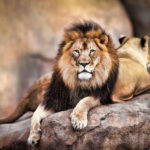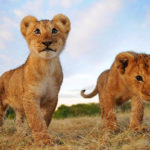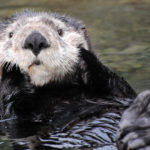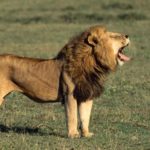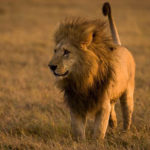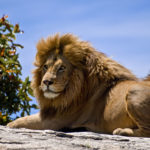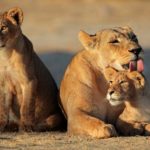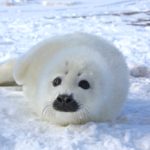Sea Lions
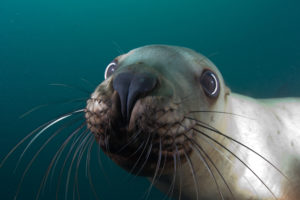 Many people mistakenly believe that the sea lion animal is a northern inhabitant. Today we will tell you where and how the sea lion lives. Among the marine inhabitants there is one, with an unusual name for aquatic animals – the sea lion. Is this animal like a lion? Judging by the appearance, it does not seem at all, well, except that there is one small detail … And besides, they refer to a different order (pinnipeds) and a family (eared seals). On our planet there are only 5 species of these animals: southern, northern, Californian, New Zealand and Australian sea lion.
Many people mistakenly believe that the sea lion animal is a northern inhabitant. Today we will tell you where and how the sea lion lives. Among the marine inhabitants there is one, with an unusual name for aquatic animals – the sea lion. Is this animal like a lion? Judging by the appearance, it does not seem at all, well, except that there is one small detail … And besides, they refer to a different order (pinnipeds) and a family (eared seals). On our planet there are only 5 species of these animals: southern, northern, Californian, New Zealand and Australian sea lion.
The body of this representative of the order of pinnipeds has a streamlined and elongated shape. His limbs are in the form of fins. The head has a small size and is attached to a relatively long and very flexible neck. These animals are more mobile than the rest of their relatives. On the muzzle you can observe amusing antennae, which are called vibrissae. The animal’s coat is very short and not too thick.
Males of sea lion are much larger than females, if females weigh, on average, 90 kilograms, then representatives of the opposite sex – 300 kilograms. The growth of the animal is about 2 meters.
This water mammal is a resident of the Southern Hemisphere of our planet. Choosing natural areas, the sea lion prefers to be located on the open coasts of the oceans and seas. Colonies of the sea lion can be seen near Australia, South America and New Zealand. Terrain animal chooses both rocky and sandy, and sometimes can stay for living and in thickets of grass.
As already noted above, sea lions live in colonies (herds). However, it is worth noting a not too numerous population in one herd. Yes, and located in the selected territory, they are not too hefty, as, for example, fur seals.
Sea lions quite often swim in an open ocean. There they get their food and can spend several days in the water. Basically, the sea lion is a sedentary animal, although there are some semblances of roaming. Animals can travel up to 25 kilometers from the coast. Communication between individuals is carried out through a variety of sounds remotely similar to a growl, but softer.
The basis of the diet of these mammals are such animals as: crustaceans, mollusks and some species of small fish. The very dexterous and quirky body of a sea lion makes him a wonderful hunter – he very briskly and promptly pursues his prey, and then enjoys the process of eating it.
Once a year, these animals have a mating season, during which one male collects around him a certain number of female individuals (10-12). Later, he becomes the father of the future offspring from each “his” female. Sometimes, males arrange fights among themselves for leadership, but these fights are not too fierce.
The process of bearing a fetus lasts one year, after that babies appear – sea lions, whose mother feeds her milk (during the 5 to 7 first months of life). Immediately after birth, females again start mating with males to replenish the herd in a year with new individuals.
When new members of the herd finish their first molt. They form a separate group, which lives separately. Before reaching puberty. The average life expectancy of these mammals is 20 years.
